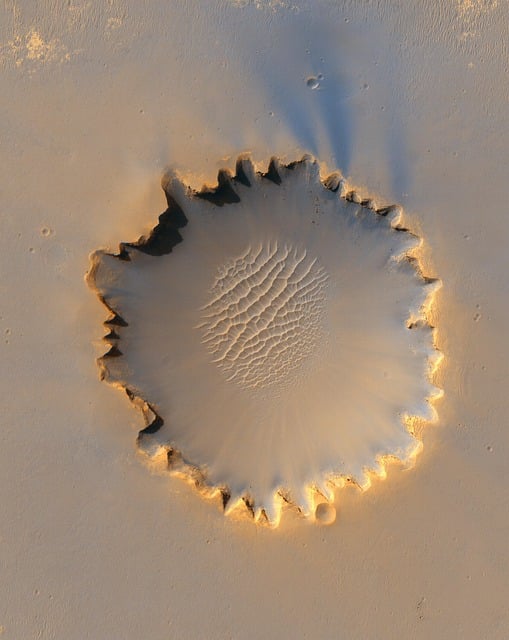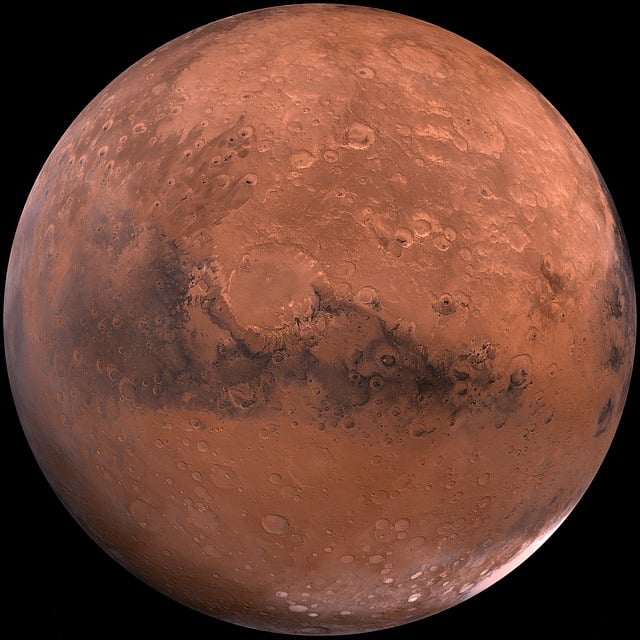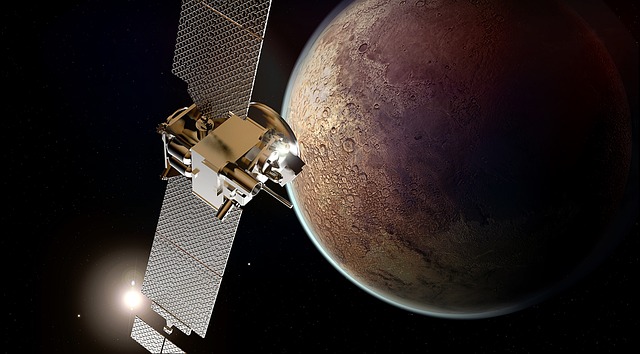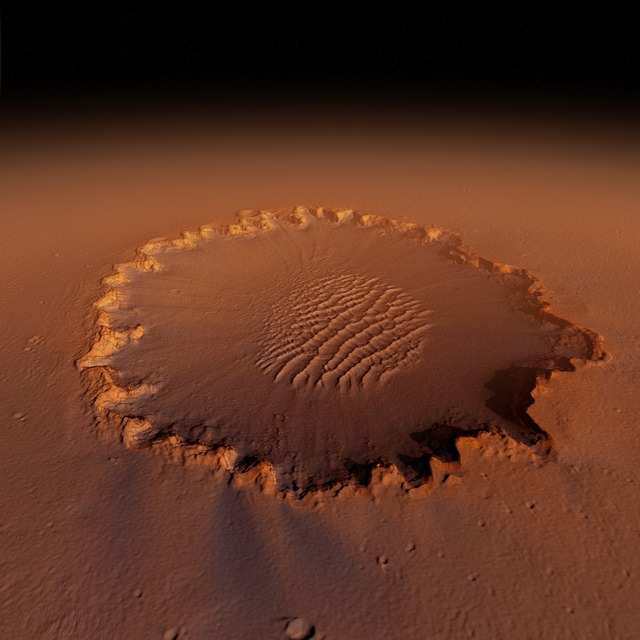The largest Martian meteorite ever discovered on Earth is set to go under the hammer later this month, with estimates suggesting it could fetch as much as £3.2 million. Known as “NWA 16788,” the rare Martian rock is one of just 400 such specimens ever located. It was blasted off the surface of Mars by an ancient asteroid impact and travelled around 140 million miles through space before landing on Earth.
++ UK records hottest day of 2025 amid Europe-Wide heatwave
Discovered in 2023 in the Sahara Desert by an anonymous meteorite hunter, the red-tinged stone has since been displayed by the Italian Space Agency and featured in a private Tuscan gallery. Its exact time of arrival on Earth remains unknown.
Now poised for auction on 16 July at Sotheby’s New York, the meteorite is expected to break records. The current record-holder — a meteorite found in China in 2000 — was listed for nearly £2.4 million in 2008 but failed to sell. In contrast, NWA 16788 is expected to attract offers between £1.6 million and £3.2 million.
“This is a discovery of extraordinary significance — the largest Martian meteorite ever found on Earth, and the most valuable of its kind ever offered at auction,” said Cassandra Hatton, Vice Chairman of Sotheby’s Science and Natural History department. She described it as a “once-in-a-generation find”.
Roughly the size of a computer monitor and composed primarily of the mineral olivine, the meteorite weighs 54 pounds and is around 70 per cent larger than the next biggest Martian meteorite known. Parts of it were fused into glass as it blazed through Earth’s atmosphere, landing in what is now Niger.
Beyond its rarity, the meteorite is scientifically invaluable. Martian meteorites provide critical insights into the geology of Mars — a planet which, along with Venus, is one of Earth’s closest neighbours. However, the auctioning of scientific relics such as this has long drawn criticism. In the early 2000s, the Confederated Tribes of Grand Ronde in Oregon protested against the sale of another meteorite they considered sacred.
++ Vet issues urgent warning over viral trend that could kill pets
Similarly, the commercial sale of dinosaur fossils has sparked concerns among palaeontologists. These auctions, they argue, inflate land lease prices and restrict access to vital discoveries. One such example is “Apex,” a stegosaurus skeleton that sold for nearly £35 million before being loaned to the American Museum of Natural History. “With £35 million to scientists,” said Jingmai O’Connor of Chicago’s Field Museum in a previous interview, “we could advance our understanding of dinosaurs by decades.” The auction of NWA 16788 will likely reignite debate over the privatisation of discoveries with deep scientific and cultural significance — and who should ultimately possess them.





